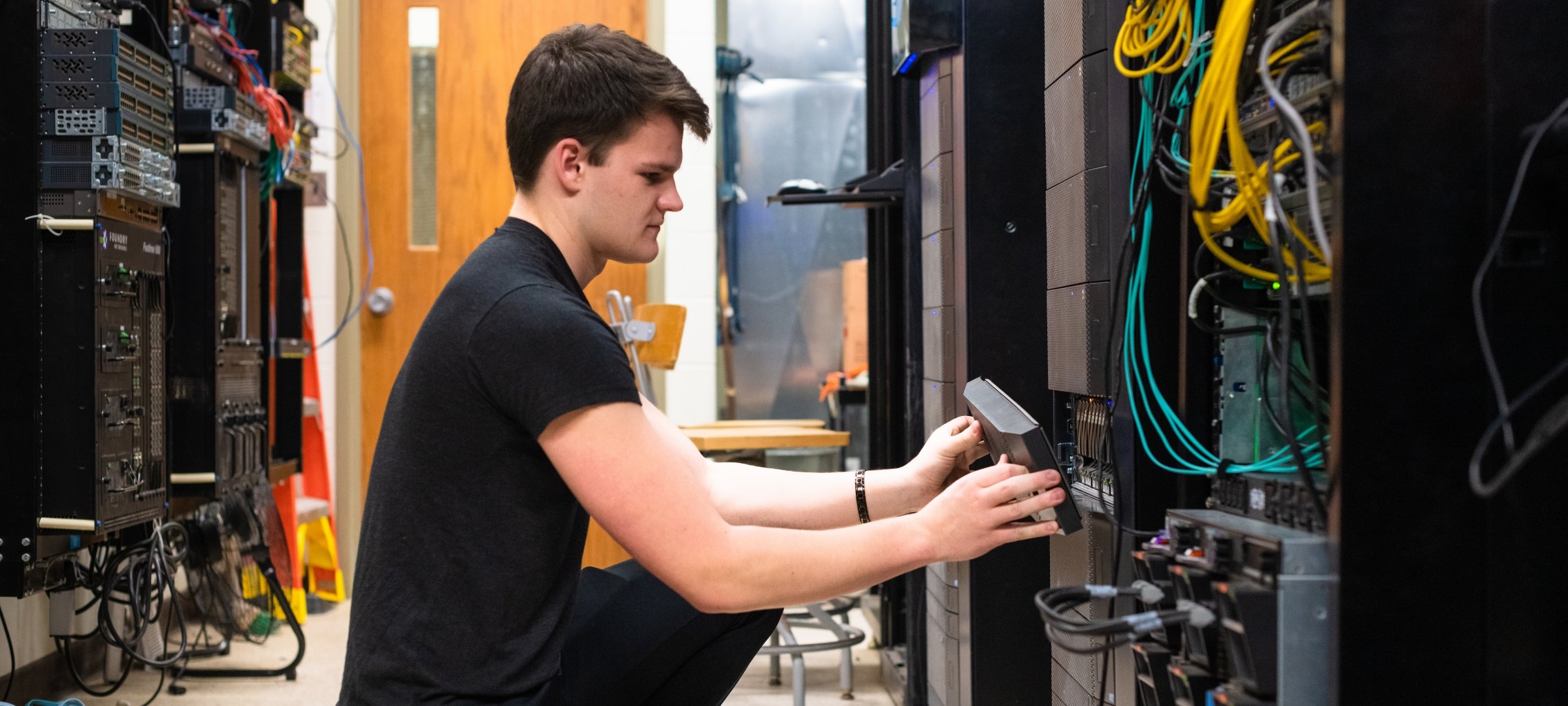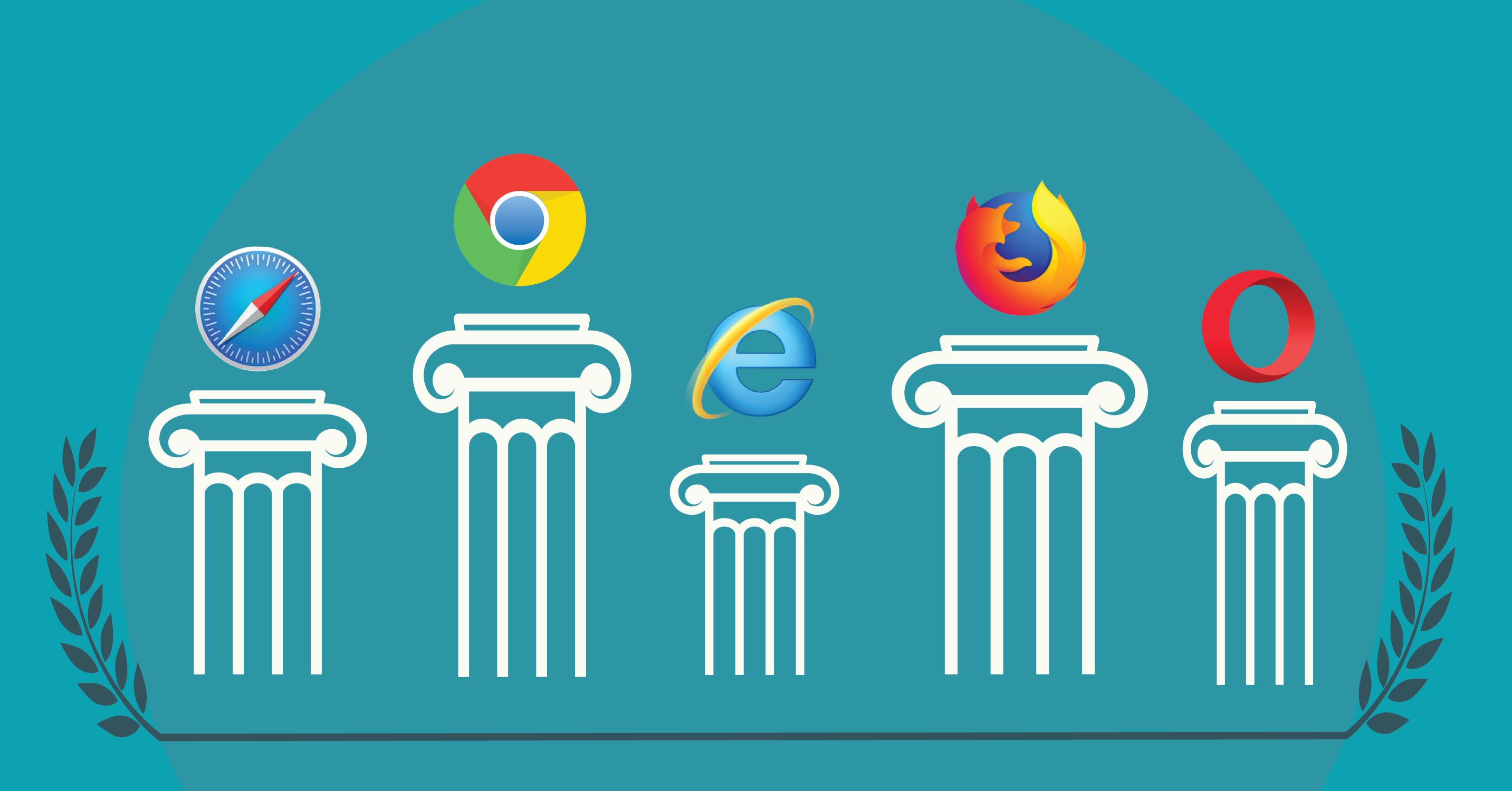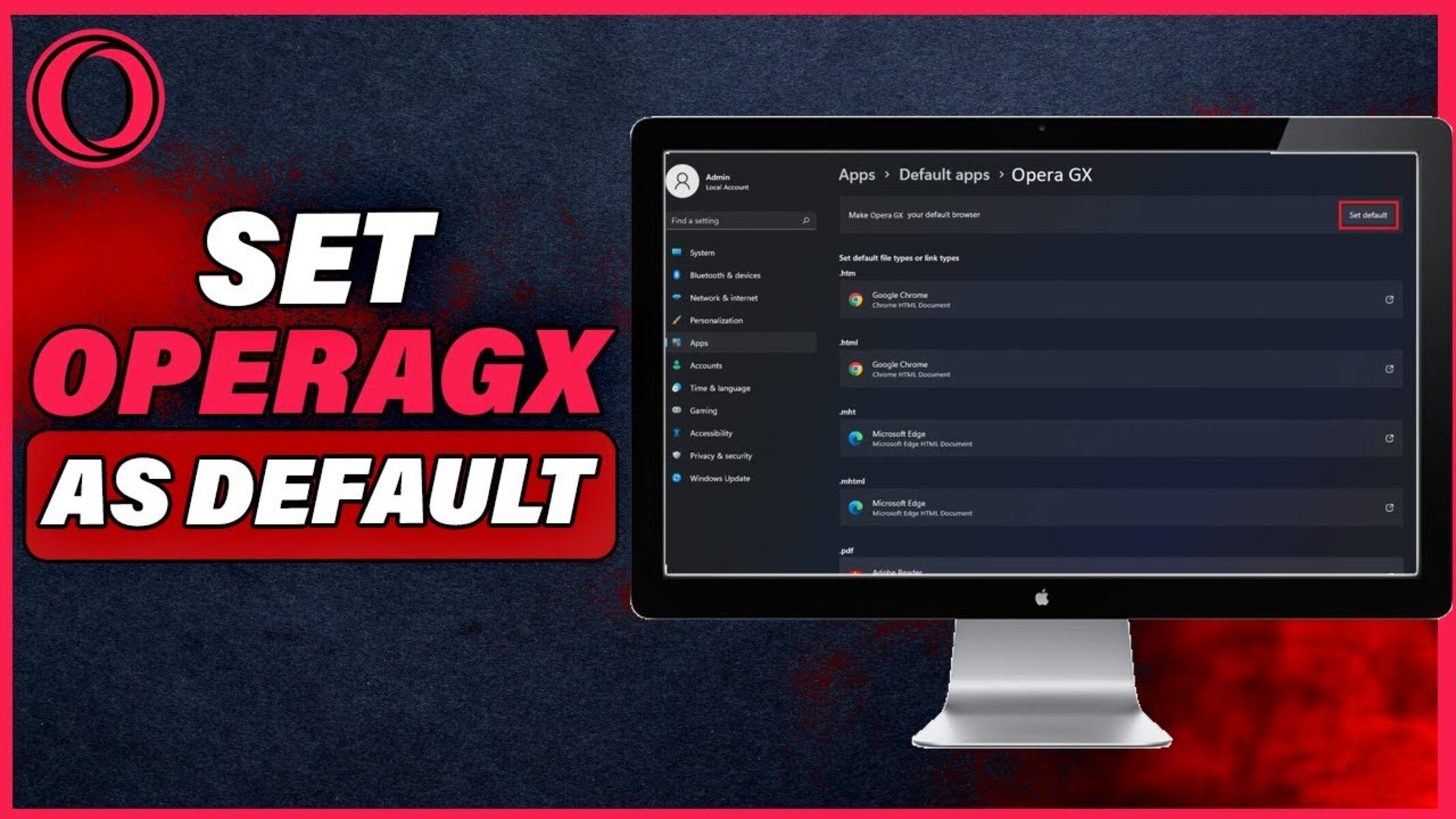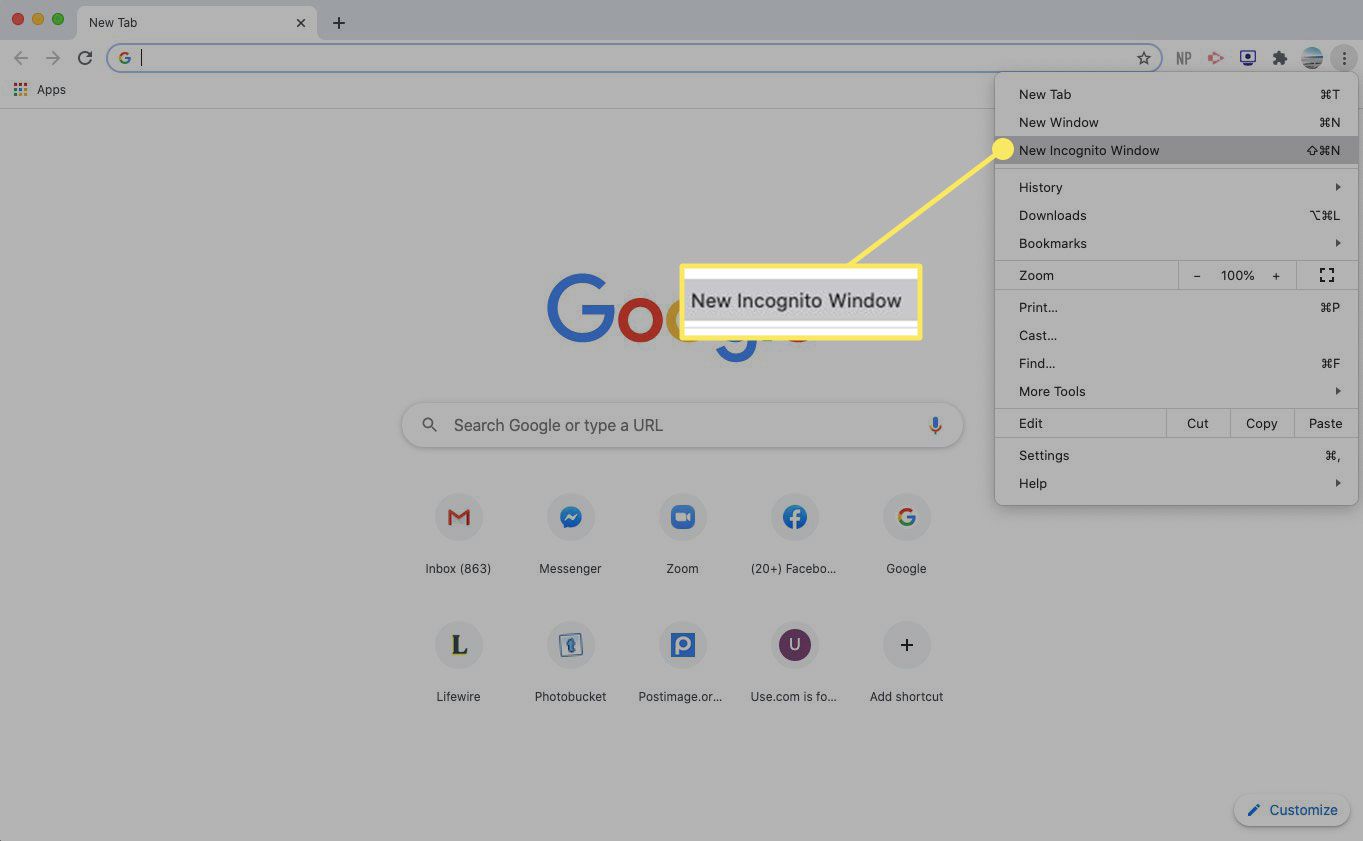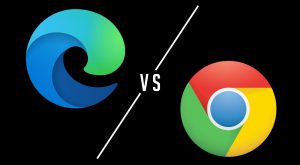Introduction
Safari, the sleek and innovative web browser developed by Apple, is renowned for its speed, security, and seamless integration with Apple devices. However, Safari is primarily designed for macOS and iOS, leaving Linux users in a quandary when it comes to testing their web applications on this browser. Fortunately, with the advent of virtualization technology, it is now possible to run Safari on a Linux system for testing and development purposes.
In this article, we will delve into the intricacies of setting up a virtual machine to run macOS on a Linux host, installing Safari within the virtual environment, and conducting comprehensive testing to ensure the compatibility and functionality of web applications on this browser. By following these steps, Linux users can bridge the gap and ensure that their web projects are optimized for Safari users.
The process of testing Safari on Linux involves leveraging the power of virtualization to create a simulated macOS environment within a Linux system. This enables developers and testers to validate the performance and compatibility of web applications on Safari without the need for a dedicated macOS device. By gaining access to Safari on Linux, developers can ensure that their websites and web applications deliver a seamless and consistent user experience across different platforms and browsers.
In the subsequent sections, we will explore the step-by-step process of setting up a virtual machine, installing Safari, and conducting thorough testing. By following these guidelines, Linux users can expand their testing capabilities and ensure that their web projects are optimized for Safari, thereby enhancing the overall user experience for visitors using this popular browser. Let's embark on this journey to unlock the potential of Safari on Linux and elevate the quality of web development and testing practices.
Setting up a Virtual Machine
Setting up a virtual machine to run macOS on a Linux system is a pivotal step in the process of testing Safari on Linux. This enables users to create a simulated macOS environment within their Linux host, providing the necessary platform to install and run Safari for comprehensive testing and development purposes.
Choosing a Virtualization Software
The first consideration in setting up a virtual machine is selecting a reliable virtualization software that supports running macOS on a Linux host. Popular virtualization platforms such as VirtualBox and VMware offer the capability to create virtual macOS environments, providing a flexible and efficient solution for testing Safari on Linux.
Obtaining a macOS Image
To run macOS within a virtual machine, users need to obtain a macOS image file, which can be sourced from official Apple resources or other trusted repositories. It is essential to ensure that the macOS image is compatible with the selected virtualization software and adheres to legal and licensing requirements.
Configuring Virtual Machine Settings
Once the virtualization software is installed, users can proceed to configure the virtual machine settings, allocating appropriate resources such as CPU cores, memory, and storage space for the macOS environment. It is important to optimize these settings based on the system capabilities to ensure smooth performance of the virtual machine.
Installing macOS on the Virtual Machine
With the virtual machine configured, users can initiate the installation of macOS within the virtual environment. This involves mounting the macOS image file and following the installation prompts to set up the operating system within the virtual machine. Upon successful installation, users will have a functional macOS environment running on their Linux system.
Enabling Virtual Machine Integration
To enhance the user experience and facilitate seamless interaction between the host Linux system and the virtual macOS environment, users can enable integration features provided by the virtualization software. This includes functionalities such as shared folders, clipboard integration, and drag-and-drop support, streamlining the workflow between the host and virtual machines.
By meticulously following these steps, users can establish a virtual macOS environment within their Linux system, laying the foundation for installing Safari and conducting comprehensive testing. This enables developers and testers to bridge the gap between Linux and macOS, empowering them to ensure the compatibility and performance of web applications on Safari without the need for dedicated macOS hardware.
Installing Safari on Linux
Installing Safari on Linux involves leveraging the virtual macOS environment created within the virtual machine to seamlessly integrate the Safari browser for testing and development purposes. Once the virtual machine is set up and running macOS, users can proceed with the installation of Safari, enabling them to validate the performance and compatibility of web applications on this browser.
Accessing the App Store
To install Safari on the virtual macOS environment, users can access the official App Store, which is an integral part of the macOS ecosystem. By signing in with an Apple ID, users gain access to a myriad of applications, including Safari, which can be seamlessly downloaded and installed within the virtual machine.
Downloading and Installing Safari
Within the App Store, users can search for Safari and initiate the download and installation process. Once the installation is complete, Safari becomes readily available within the virtual macOS environment, allowing users to launch the browser and explore its features and functionalities.
Ensuring Compatibility and Updates
Upon installing Safari, it is essential to ensure that the browser is up to date to reflect the latest version available. This involves checking for updates within the App Store and installing any available Safari updates to ensure that the testing environment accurately represents the current version of the browser.
Configuring Safari for Testing
After the installation is complete, users can configure Safari within the virtual macOS environment to align with their testing requirements. This may involve adjusting browser settings, installing developer tools and extensions, and customizing the environment to facilitate comprehensive testing of web applications on Safari.
By following these steps, users can seamlessly install Safari within the virtual macOS environment running on their Linux system, enabling them to conduct thorough testing and validation of web applications on this browser. This process empowers developers and testers to ensure that their web projects are optimized for Safari, thereby enhancing the overall user experience for visitors using this popular browser.
Testing Safari on Linux
Once Safari is successfully installed within the virtual macOS environment on a Linux system, the next crucial phase involves comprehensive testing to ensure the compatibility, performance, and user experience of web applications on this browser. Testing Safari on Linux enables developers and testers to validate the functionality of websites and web applications, identify potential compatibility issues, and optimize the user experience for visitors using Safari.
Compatibility Testing
The first aspect of testing Safari on Linux revolves around compatibility assessment. Developers need to ensure that web applications render correctly, maintain functionality, and deliver a consistent user experience when accessed through Safari on a Linux system. This involves scrutinizing the layout, design elements, interactive features, and overall responsiveness of web applications to ascertain seamless compatibility with Safari's rendering engine.
Feature and Performance Validation
Testing Safari on Linux also encompasses evaluating the performance and functionality of web applications, particularly in areas such as JavaScript execution, CSS rendering, and support for HTML5 features. By conducting rigorous testing, developers can verify that web applications perform optimally on Safari, leveraging its advanced capabilities while maintaining compatibility with the Linux environment.
Responsive Design and User Experience
With the proliferation of diverse devices and screen sizes, testing Safari on Linux includes assessing the responsiveness and user experience of web applications across different devices and resolutions. This entails conducting responsive design testing to ensure that web applications adapt fluidly to varying screen sizes and orientations when accessed through Safari on Linux, thereby enhancing the overall user experience.
Cross-Browser Compatibility
In addition to testing Safari on Linux, it is imperative to perform cross-browser compatibility testing to compare the behavior and performance of web applications across different browsers. By conducting parallel testing on Safari, alongside other popular browsers, developers can identify and address any discrepancies in rendering, functionality, or user experience, ensuring consistent performance across diverse browsing environments.
Accessibility and Standards Compliance
Testing Safari on Linux also involves evaluating the accessibility and standards compliance of web applications, ensuring adherence to web content accessibility guidelines (WCAG) and industry standards. This includes verifying the compatibility of assistive technologies with web applications accessed through Safari on Linux, thereby ensuring inclusivity and compliance with accessibility standards.
By meticulously conducting these testing procedures, developers and testers can ascertain the seamless compatibility, optimal performance, and consistent user experience of web applications on Safari within a Linux environment. This rigorous testing approach empowers developers to refine and optimize their web projects for Safari users, thereby enhancing the overall quality and accessibility of their web applications.
Conclusion
In conclusion, the process of testing Safari on Linux presents a transformative opportunity for developers and testers to bridge the gap between different operating systems and ensure the seamless compatibility and optimal performance of web applications on this popular browser. By leveraging virtualization technology to create a simulated macOS environment within a Linux system, users can install Safari and conduct comprehensive testing, thereby enhancing the overall user experience for visitors using Safari on Linux.
The journey begins with setting up a virtual machine, where users carefully select a suitable virtualization software, obtain a macOS image, configure the virtual machine settings, and install macOS to create a functional virtual environment. This pivotal step lays the foundation for installing Safari and conducting thorough testing, enabling developers and testers to expand their testing capabilities and ensure the compatibility of web applications across diverse platforms.
Installing Safari within the virtual macOS environment on a Linux system empowers users to seamlessly access the browser, configure it for testing, and ensure that web projects are optimized for Safari users. By navigating the App Store, downloading and installing Safari, and ensuring compatibility and updates, users can establish a robust testing environment to validate the functionality and user experience of web applications on Safari.
The subsequent phase involves comprehensive testing, encompassing compatibility assessment, feature and performance validation, responsive design and user experience evaluation, cross-browser compatibility testing, and accessibility and standards compliance verification. Through meticulous testing procedures, developers can refine and optimize their web projects for Safari users, ensuring consistent performance and a seamless user experience across different browsers and operating systems.
By embracing the process of testing Safari on Linux, developers and testers can elevate the quality and accessibility of their web applications, fostering inclusivity and ensuring that visitors using Safari on Linux encounter a seamless and optimized user experience. This approach not only enhances the overall user satisfaction but also reflects a commitment to delivering web applications that are compatible, performant, and accessible across diverse browsing environments.
In essence, testing Safari on Linux transcends the technical realm, embodying a dedication to user-centric design and development practices. By embracing this approach, developers and testers can unlock the potential of Safari on Linux, ensuring that their web projects resonate with a broader audience and deliver a consistent and exceptional user experience across different platforms and browsers.









